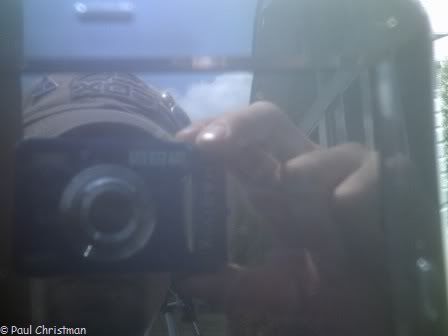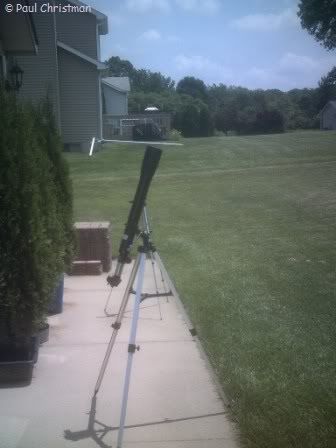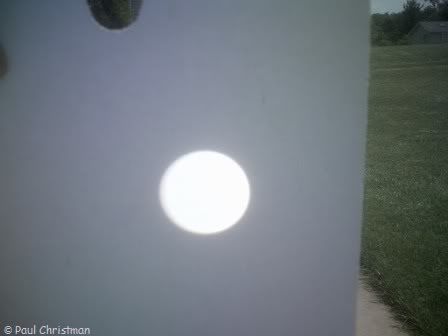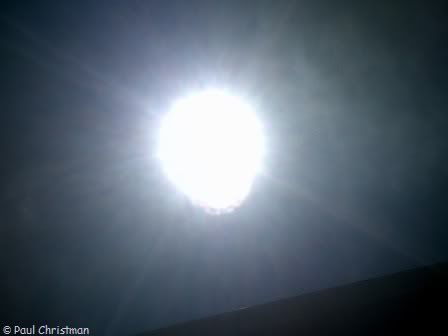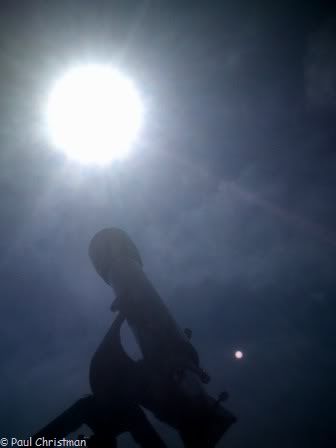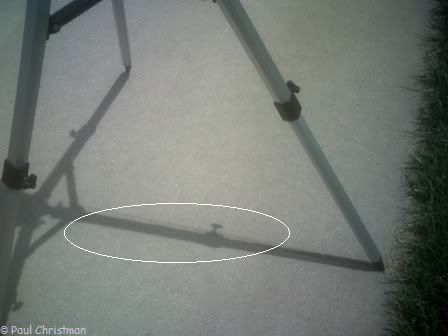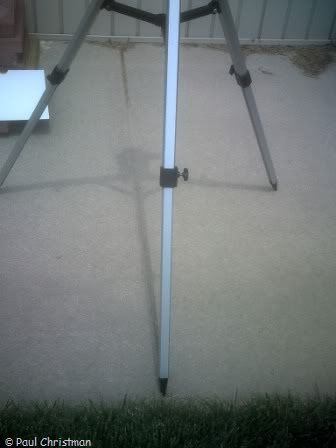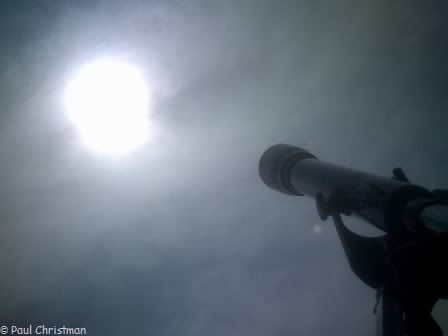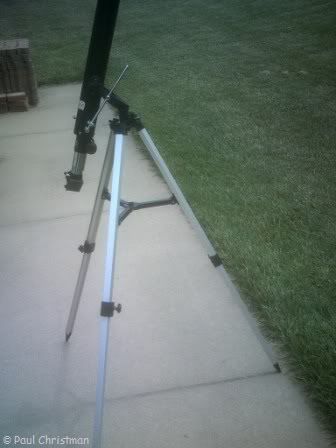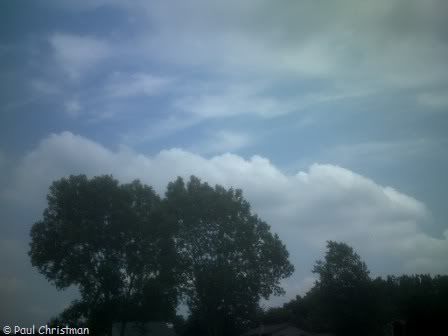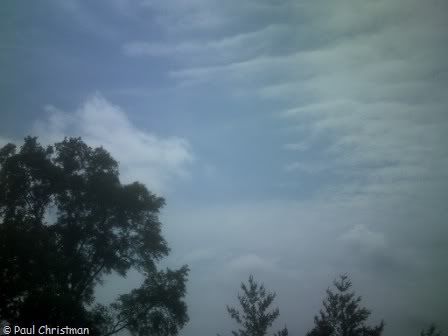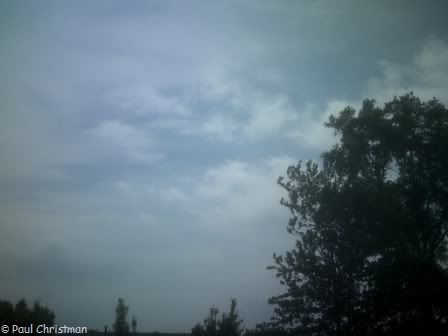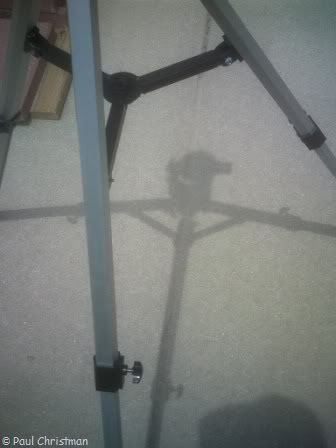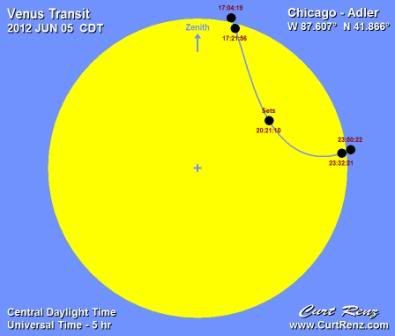For those who are unaware, roughly twice each century, Venus passes directly between the Sun and Earth, and are called transits. In 1677, after observing a transit of Mercury across the face of the Sun, Edmund Halley concluded that future transits could be used to determine solar parallax, and thus the distance to the sun, but that the rare Venus transits would be more useful. Halley then devised a system in which observers at multiple locations of widely separated latitudes would merely need to precisely time the transit from the moment the planet appears entirely on the disk of the sun until the moment the planet appears to make contact with the limb of the sun upon exiting. Obviously, this required that observation posts be located in zones where the entire transit was visible.
Jean-Nicolas Delisle, overseeing French preparations for the 1761 Transit of Venus, recognized that cloud cover at either point of contact would negate the entire operation. Instead, Delisle posited that parallax could be determined by timing either the beginning of transit (ingress), or the end (egress), and would reduce the chance of the interference of weather. Observing just one stage of transit, however, meant that it must be recorded in universal time, which would require knowing the exact longitude of the observation sites.
With precise timings, both the Halleyan and Delislean methods could be used to determine solar parallax. However, in 1761 precise timings proved to be difficult because of unanticipated visual phenomena. The first was that as Venus neared the limb of the sun, a bright ring seemed to encircle the planet. At the time, it was not known that Venus had an atmosphere, and that the ring was caused by refraction of sunlight as it passed through the Venusian atmosphere. Another unexpected problem was that the dark shape of Venus appeared to blur, as if it were a black drop, as it passed near the edge of the sun, the critical part of the observation. While observations of the 1761 Venus transit produced a range of solar parallax, the difficulties of dealing with these optical effects did not produce a consistent value. Taken by surprise, astronomers immediately began thinking about ways to reduce the effects for observations of the 1769 transit.
When the 1769 transit failed to considerably improve upon the values of the previous observations, astronomers would have to wait more than 105 years to try again. A new generation, with a century’s worth of technological advances, anticipated the December 1874 Venus transit. With the invention of photography, French astronomer Herve Faye hoped that by capturing the defining moments on plates, the margin of error could be reduced, or possibly eliminated. Still, the same problems persisted, and though the transit was widely observed, reducing the observations to usable data also continued to be a long, tedious process.
In 1882, many nations once again sponsored parties to observe the Venus transit, despite evidence that other methods were returning better results for determining the scale of the solar system. This was partly because the various transit commissions were still in place from 1874, and also because after 1882 there would likely be no other chance to prove either the Halleyan or Delislean methods. While the nineteenth century transits of Venus helped to narrow the range of the AU, they were never as accurate as Halley had once hoped.
After 1882, Venus did not cross in front of the solar disk until 2004. I woke up very early June 8, 2004, and drove to the Adler planetarium, on Chicago’s lakefront museum campus. At sunrise, Venus would again be passing directly between Earth and the Sun. My memory of the details of is fuzzy (like my eyesight), but I saw the shape of Venus in front of the disk of the sun that morning. I had known that transits of Venus were rare events, and that many astronomers had traveled great distances to observe transits, but I did not know at the time why they were important to astronomers.
I’d always had an interest in space and astronomy as a kid, but as a teenager and young adult, I lost most of my love for the starry night. During the 2004 transit, I had seen people along the Chicago lakefront observing with telescopes, but it never occurred to me to ask one of them if I could see for myself. I find it ironic now that my friend Chicago Astronomer Joe Guzman was at Adler, sharing the view with friends and the public. My transit observation, however, was limited to the cheap “eclipse glasses” sold at Adler for a few dollars. That look at Venus in front of the Sun was one of the reasons I came back to astronomy a few years ago. I wanted to see Venus in front of the Sun again, and knew that there would be only one more chance.
I have been waiting for next Venus transit for over seven years now. The transit of June 5-6, 2012 is less than a year away, and I have been spent much time thinking about how I will observe it. I’m formulating a plan, and although I only have modest equipment, I think I can gather data that can be used for the Delislean method of determining solar parallax. I would also like to share this event with the public, but my science observations will be my first priority. I have also been thinking about ways to reduce the possibility of being clouded by traveling on transit day. I will post my observation method soon, so that readers can start planning their own observations. Chicago Astronomer Curt Renz has created a graphic of the transit for observers at Adler Planetarium, and can be found at his website.
Start making your transit plans now, because this is our last chance to see this rare event, and I wish everybody clear skies on transit day!

